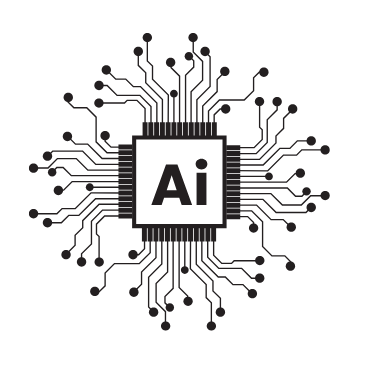The future of Acturial Science in the age of AI
One of risk assessment in industries such as insurance, pensions, healthcare, and finance. Their primary function involves using mathematical models to predict future events — mortality rates, insurance claims, financial risks — and guide decision-making based on these predictions.
Their toolkit has historically included:
- Statistical modeling
- Scenario analysis
- Predictive analytics
- Regulatory compliance
However, this traditional toolkit, while powerful, is being supplemented — and in some areas, overtaken — by more advanced AI-driven approaches.
AI, particularly in the form of machine learning (ML) and deep learning, introduces automation, scalability, and enhanced predictive accuracy into risk modeling. Here’s how AI is reshaping the landscape:
1. Enhanced Predictive Modeling
Machine learning models can analyze vast amounts of data far more efficiently than traditional statistical models. These algorithms can uncover complex, non-linear patterns in data — improving the accuracy of forecasts related to customer behavior, fraud detection, and claims.
Example: Instead of using basic mortality tables, AI models can incorporate real-time health data, genetic information, and lifestyle factors to create individualized life expectancy predictions.
2. Automation of Routine Tasks
Many actuarial processes such as data cleaning, reserving, and report generation can now be automated. AI-powered tools can handle repetitive tasks, reducing human error and freeing actuaries to focus on high-value strategic analysis.
3. Real-Time Risk Assessment
With AI, actuaries can transition from static models to real-time dynamic models. For example, AI can monitor current market conditions, climate change data, or health crises and immediately adjust risk predictions.
4. Integration with Big Data
Actuarial science is no longer limited to historical datasets. AI allows actuaries to integrate structured and unstructured data sources — social media sentiment, satellite images, wearable tech data — into risk analysis, offering a richer and more nuanced understanding of risk.
New Skill Sets for the Modern Actuary
The emergence of AI does not make actuaries obsolete — it redefines their relevance. To thrive in this new landscape, actuaries must develop a broader skillset:
- Data Science Proficiency: Understanding machine learning algorithms, neural networks, and data wrangling.
- Programming Skills: Fluency in Python, R, SQL, and use of AI frameworks like TensorFlow or Scikit-learn.
- Communication and Storytelling: Interpreting complex models and explaining insights to non-technical stakeholders.
- Ethical and Regulatory Awareness: Assessing AI bias, ensuring fairness, and navigating evolving data privacy laws.
Professional actuarial bodies like the Society of Actuaries (SOA) and the Institute and Faculty of Actuaries (IFoA) are already updating their syllabi to include data science and AI competencies.
Despite the promise of AI, there are significant challenges:
- Bias in AI Models: AI systems can reinforce historical biases if not carefully managed.
- Loss of Transparency: Many AI models, especially deep learning ones, are “black boxes” — difficult to interpret or audit.
- Job Displacement Concerns: As automation grows, some actuarial tasks may be redundant, raising concerns about employment shifts.
These challenges call for thoughtful integration of AI — actuaries must remain stewards of responsible and ethical modeling.
Future Outlook: The Actuary-AI Partnership
Far from being replaced by AI, actuaries are poised to become more valuable. Here’s how:
- From Technical to Strategic: As AI takes over mechanical tasks, actuaries can focus on interpreting AI outputs, advising business leaders, and shaping strategic direction.
- Interdisciplinary Collaboration: Actuaries will increasingly work alongside data scientists, software engineers, and AI ethicists in cross-functional teams.
- Innovation in Risk Products: AI will help actuaries design personalized insurance products, usage-based pricing models, and innovative pension schemes based on real-time data.
Conclusion
The age of AI is not the end of actuarial science — it is a new beginning. By embracing AI, actuaries can elevate their role from model builders to strategic advisors. The future belongs to those who are willing to adapt, learn continuously, and harness AI not as a threat, but as a powerful tool to amplify their impact.
In this evolving landscape, actuarial science will not just survive — it will thrive, redefined for a smarter, faster, and more data-driven world.




